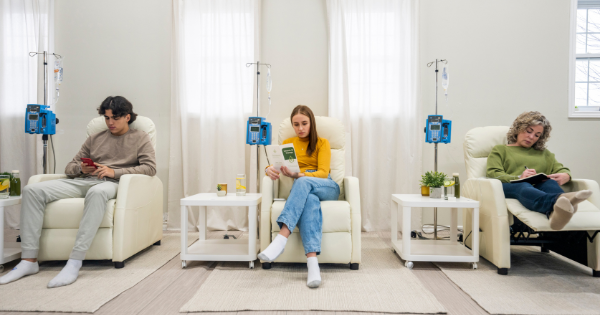Summer is about to begin again. Summer is an excellent time of year as students are on vacation, beaches are open, people can barbeque on any given day, and desserts are in abundance. Unfortunately, our waterways are filled with younger, less law-abiding skippers who will often speed, go too close to swimmers in the water, or consume alcohol or drugs while skimming the waves. Summer offers a more diverse range of sports and entertainment but also presents risks, including climate-related conditions and dehydration. So what’s a person to do if they are unwell while in the great outdoors? My responsibility is to provide brief information about diseases and aftercare. Failure to follow these suggestions can very well lead to death. So, let’s start and dig in.
You would not plan to drive from New York City to Florida without a reliable map and our ever-faithful GPS in your motor vehicle. Following this line of thinking, you should not participate in all of summer’s fun options unless you know the signs and symptoms of heat-related disease and how to make treatment decisions that will keep your patient from becoming an emergency statistic. We will quickly examine three summer climate problems that can become emergencies. We will discuss heat cramps, heat exhaustion, and heat stroke.
Harry was playing organized football with his cousin, Luke, when he suddenly had cramps in his legs and then in his abdomen. The game was physically tiresome, but combined with 90-degree weather, his immediate problem stemmed from overexertion without proper hydration and a youthful desire to win for his team. As we endeavor to diagnose his symptoms, we see painful muscle cramps and spasms in his legs and abdomen and heavy sweating. As a clinician, we could hydrate the patient, sit them in a cool area, discontinue the activity, and begin massaging the affected areas. They should arrange for immediate medical attention if the cramps do not resolve in an hour.
Sammie and Sallie are energetic young athletes motivated to win. We are at a track meet in mid-June, and Sammie has a 100-yard dash, two relays, and a jumping competition. Focusing on winning is everything to this young lady, but she is not focusing on her body, and it’s a slow downward spiral. There is one solid answer to every heat-related injury: Stay cool, hydrated, and Informed. Sammie has developed heavy sweating, weakness, tiredness, cool, pale, clammy skin, a rapid yet weak pulse, muscle cramps, N&V, headache, and dizziness. How can we treat Sammie before this progresses to the next stage of the disease? First, let’s move her to the shade or, if available, an air-conditioned room or vehicle. Loosen her clothing and place cool, wet cloths on her exposed body surfaces. If she is near her home or friends, consider putting her in a cool bath and wait to see if her
core temperature lowers. Offer her sips of cool water and seek immediate medical care if she is vomiting or her symptoms last longer than an hour.
Our last heat-related injury is the most dangerous, as it can lead to death. Our last patient is a 65-year-old female who wanted to climb a small mountain with her grandkids. Celia has hypertension and A-fib and does not exert herself to this degree on a weekly or even monthly schedule. A good grandma permits her heart to move faster than her head, as this could end in a heat stroke or a fracture due to her osteoporosis. Her grandkids noticed that she was becoming exhausted, seemed confused, and complained of a throbbing headache, nausea, dizziness, slurred speech, and a core body temperature of over 103 degrees. Her skin is hot and dry; she has a rapid, strong pulse. Sallie called 911, and Luke made a cradle-on skid to pull her down the mountain with his siblings. Fortunately, this was not the Himalayas. She was met by an ambulance, IVs were started, and she was sent to the ER immediately as delay can be fatal.
Failure to recognize the signs and symptoms of heat injuries and to adeptly improvise and make the appropriate decision about follow-up can lead to brain injury and cardiac symptoms and require immediate treatment, or there will be protracted medical problems, including death. This is our utmost concern, to properly treat a condition before it worsens. Enjoy your summer vacation, and avoid becoming a casualty of it.
Written For CM&F By: Robert M. Blumm, PA, DFAAPA, PA-C Emeritus
CM&F Clinical Advisor



